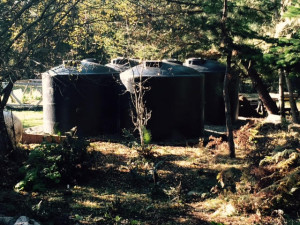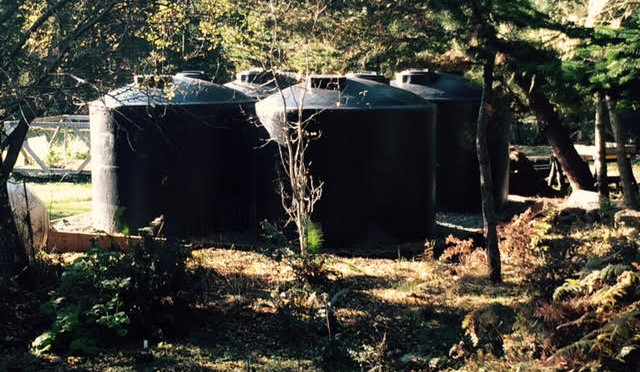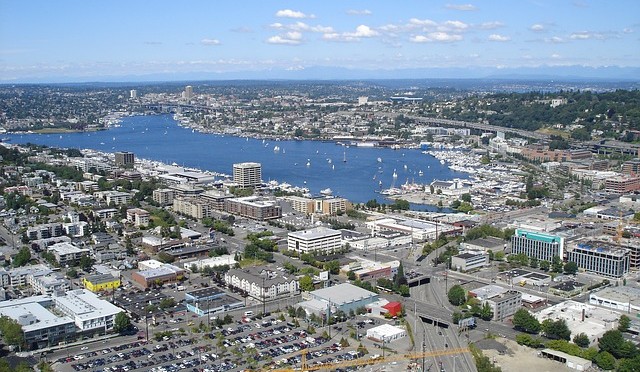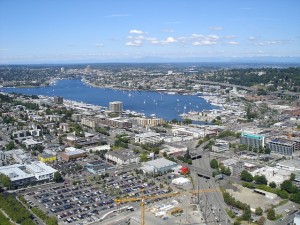RainBank Rainwater Systems installs gutter screens and Wisy products to ensure water being collected is as clean as possible before storage.
Collected rainwater should be free of organic matter before entering the storage tank. This can be achieved with a quality gutter screen and the use of pre screening or filtering to remove debris and aerate the water before storage.
Pine needles, leaves, and other debris can cause collected rainwater to become fouled with decaying organic matter. These contaminants can be a host or food for bacteria, causing your collected water to become septic. Accumulated debris generally piles up in turns in the conveyance lines and can fester over time. Water passing through these pile-ups will pick up odor, discoloration, and bacteria, resulting in fouled water entering your storage tanks.
Care must be taken to ensure that water being stored is as clean as possible. The use of gutter screens will reduce the chore of gutter cleaning, but do require a certain amount of maintenance. Periodic cleaning of screens should be conducted as needed. When pine needles or leaves pile up on gutter screens, they need to be removed. This can be done with a garden hose or a brush and is a lot less work than cleaning the gutters themselves.
Quality of stored water can also be improved by the use of Wisy products. Before entering the storage tank, rainwater should be filtered and aerated. Filtration removes particulate matter, which frequently carry and feed bacteria. Removal, along with aeration, greatly reduces the amount of bacteria in the storage tank.
The video below shows how debris falls to the bottom of the filter, while the desired water is sent through a screen horizontally, and then clean water can be conveyed to storage. The vortex filter requires very little maintenance and is as easy as removing the screen and washing.
Rainwater is relatively clean to begin with; it is what it comes in contact with that needs to be addressed. By gutter screening, filtering, and aerating rainwater before storage, you will be assuring that your stored water is of the quality you desire while helping filtration and disinfection for end use.

RainBank Rainwater Systems is the leader in designing and installing rainwater collection systems in the Seattle area for more than 15 years, and is preferred by homeowners, architects, and engineering firms for its quality solutions to rainwater harvesting. We offer engineered systems for potable and non-potable systems, commercial and residential.


 Remember to wash your turkey down with rainwater!
Remember to wash your turkey down with rainwater!
 There has been a great deal of inquiry about sole source use of rainwater collection in King County, causing confusion for the public – as well as for King County public officials. RainBank is currently consulting on four different projects, assisting clients with navigating the system.
There has been a great deal of inquiry about sole source use of rainwater collection in King County, causing confusion for the public – as well as for King County public officials. RainBank is currently consulting on four different projects, assisting clients with navigating the system.